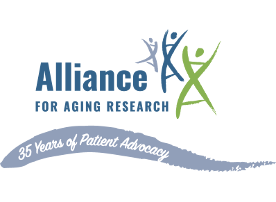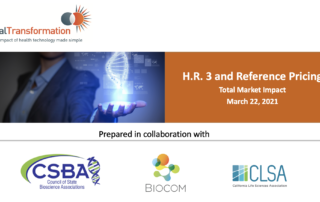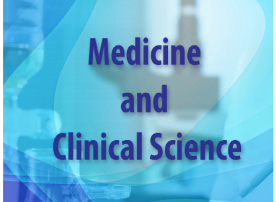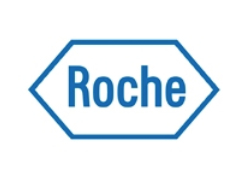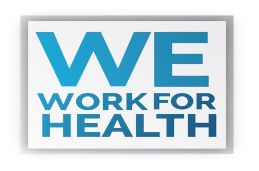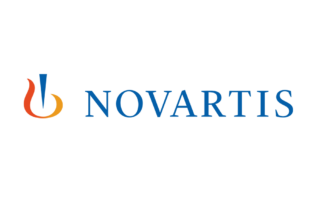Vital Transformation is a small, unique consultancy focused on addressing the challenges of today’s modern healthcare system. We partner with your organisation to help you find answers to hard to solve problems.
Contact us to learn how Vital Transformation can help your organisation.
LATEST RESEARCH
LATEST COMMUNICATIONS

Our Communication Services
In this episode of the Vital Health Podcast, host Duane Schulthess sits down with patient advocate and Global Liver Institute founder Donna Cryer. They trace her journey from Harvard and the DOJ prosecutor’s office to becoming a liver transplant recipient and a leading voice in healthcare policy. Donna shares insights on orphan drug incentives, the Inflation Reduction Act’s impact on research, the politicization of mRNA innovation, and the current crisis in NIH funding.
Find all our communication projects on Better Science, Better Health
MORE RESEARCH
New Analysis Shows International Reference Drug Pricing Would Have a Catastrophic Impact on Alzheimer’s Disease Research
The number of Americans aged 65 and older with Alzheimer´s disease (AD) is expected to more than double from 6.2 million today to 12.7 million by 2050. Currently, there are no treatments available to stop or slow the progression of the disease. At the same time, large pharmaceutical companies have already downsized investment into AD and other neurological disorders by more than 50 percent due to the associated high risk of study failure for these diseases. International reference pricing proposals (including “International Pricing Index” or “Most Favored Nation”), currently under consideration by the U.S. Congress and proposed in the previous Congress as Title I of H.R. 3, would import foreign price controls for 125 Medicare Part B and D drugs with the highest net spending based on the volume-weighted average of drug prices in Australia, Canada, France, Germany, Japan, and the United Kingdom. Previous analysis of the impact of international reference pricing estimated a 70 percent earnings reduction in 2023 for all 125 therapies that would be potentially affected by the proposed policy. The impact of international reference pricing is projected to have carryover adverse impacts on research funding for AD. Revenue generated from successful medical products is increasingly required to underwrite investment into high-risk AD clinical development programs. Implementing international reference pricing in the U.S. would sharply reduce the ability to cross-subsidize AD research, further diminishing already dwindling investments and progress in this disease area. This is the key takeaway of a new analysis by Vital Transformation in collaboration with the Alliance for Aging Research.
H.R. 3 and Reference Pricing. Total Market Impact
Numerous proposals are being considered that would use the average of pricing in other countries to control US drug prices. Proponents argue that this can be done with little impact on innovation.
Using the Lower Drug Costs Now Act (“H.R. 3”) as an example, we find that implementation of international reference pricing in the United States would:
- Reduce earnings by 62% on average for impacted companies, with one third (32%) of affected companies having reductions larger than 95% of earnings (using conservative assumptions about the impacts on prices).
- In turn, markedly reduce biopharmaceutical companies’ investments in smaller company R&D through M&A, partnerships and other arrangements.
- Reduce by 90%+ the number of medicines developed by small and emerging biotechs — 61 fewer medicines over 10 years.
- Disproportionately impact new treatments in rare diseases, oncology, and neurology.
- Create large investment ecosystem losses to smaller companies in 19 states.
- Eliminate nearly 200,000 biopharmaceutical industry jobs, and nearly 1 million jobs across the economy.
International Reference Pricing in Congressional Bill H.R.3 and Its Potential Impact on the U.S. Biotech Ecosystem
The U.S. Congress has proposed reference pricing for Medicare Part D under Congressional Bill H.R.3 with the objective of benchmarking U.S. drug pricing against an average price basket of 11 countries for the 125 drugs with the greatest net spending in the United States. U.S. drug prices were found to be 3.7 times higher on average.
This study identifies 69 medicines that would be affected by international reference pricing under H.R.3, representing 70% of Medicare Part D spending. We calculate that implementing H.R.3 would lower overall industry revenue by $71.6 billion a year, a reduction of 58% in earnings before interest and taxes (EBIT) revenue.
VITAL HEALTH PODCASTS
Our podcast series is also available via your favourite channels!
 |
 |
|---|---|
 |
 |
NEWSLETTER
Register now to receive all the latest updates from Vital Transformation including our research, podcasts and more…
VT on X
Claims that the IRA wouldn’t affect innovation overlooked how early-stage investors really make decisions. Our research shows the pipeline for senior-focused therapies is already narrowing.
— VitalTransformation (@VitalTransform) April 18, 2025
Read the full breakdown: https://t.co/4EzJGdMcU4@weworkforhealth #IRA #DrugPricing
The IRA’s 9-year cap for small molecules and 13-year cap for biologics rerouted investment away from the pills seniors rely on. We sat down with @steveusdin1 to unpack how this shift skews R&D incentives and future therapies.
— VitalTransformation (@VitalTransform) April 27, 2025
Listen here: https://t.co/FCjKFdIhsU@weworkforhealth pic.twitter.com/phoDI4ZrhK
Our clients include many of the world’s leading health care organisations.







